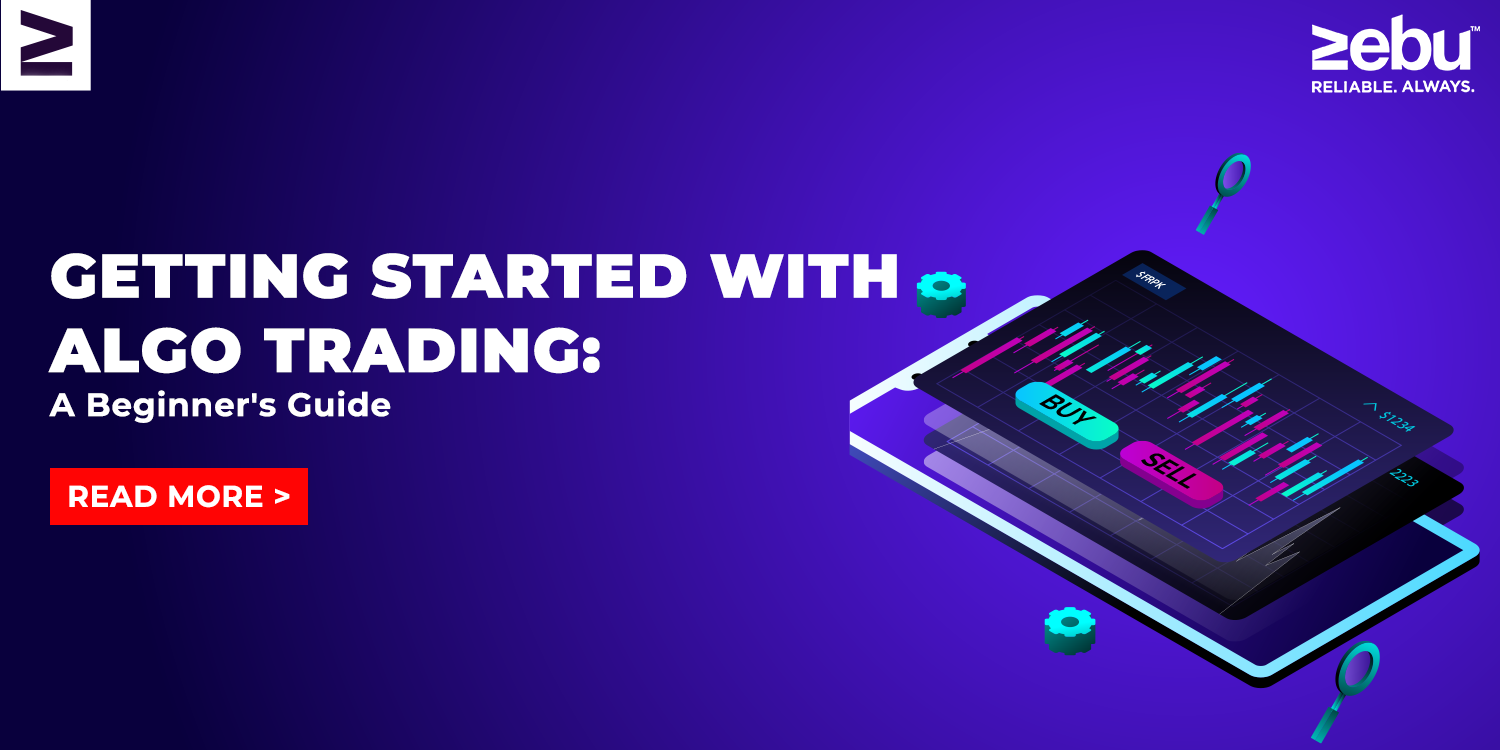
Sectoral analysis is an essential resource for stock market buyers seeking to make educated investment choices. This entails investigating the market in its various subsets for the sake of spotting business prospects and gaining a more complete picture of the market as a whole.
Investing in good companies starts with understanding if the sector that the company belongs to has a good future. If you understand that a sector can do well but are unsure about which particular company in the sector will do well, you can always invest in sectoral index funds to help you diversify your investment in a basket of companies belonging to the same industry.
Once you’ve narrowed your focus to specific industries, it’s time to study the prevailing tendencies in each. Market scale, expansion prospects, and the presence of relevant regulations are all important considerations here.
Following a thorough grasp of the various markets and their tendencies, it is time to dive deeper into the specific businesses operating in each market. This requires considering things like market dominance, competitive advantages, and managerial quality in addition to financial metrics like sales, profit margins, and profits per share.
The next step, after studying the businesses operating within each industry, is to assess the risks that are present. Considerations like fiscal, business, and company-specific risks must be taken into account.
The success of various stock market segments can be significantly influenced by macroeconomic variables such as interest rates, inflation, and GDP development. If interest rates are low, for instance, businesses in the financial industry may do well because financing is less expensive and more convenient. When interest rates are high, however, it can be difficult for the financial industry to thrive because financing is less affordable.
World tendencies: this may affect various financial market segments. For instance, many traditional stores now find it difficult to contend with online behemoths like Amazon because of the proliferation of e-commerce. Similarly, the energy sector has been profoundly affected by the trend towards green power, with many established utilities having difficulty adjusting to the new market realities.
Invest with confidence now that you have a better grasp of the various markets and the businesses that make up each one. To achieve this goal, investors may choose to spread their money among several industries, or they may zero in on promising upstarts in one or two fields.
The significance of diversification in the financial market should be taken into account in addition to these other considerations. A diverse collection of businesses from various industries allows investors to share their risk and reduce their reliance on the performance of any single industry or company.
As a whole, sectoral analysis is a useful method for buyers to learn about the stock market and spot promising chances. You can improve your odds of success in the market by adopting a methodical strategy of analysing various industries and businesses.
FAQs
- How to do sectoral analysis in stock market?
Sector analysis involves studying the performance of different sectors, like IT, Pharma, or FMCG, to identify which areas are likely to perform well.
- How to study sector rotation in stock market?
Sector rotation is tracking money flow from one sector to another based on economic cycles. Observing trends and market indicators helps you spot rotation early.
- What is Sector Rotation?
Sector rotation is the movement of investments between sectors as some outperform others during different phases of the economic cycle.
- What Factors Are Analyzed in Sectoral Analysis?
Factors include sector growth, market trends, government policies, earnings performance, and macroeconomic indicators. This forms the basis of a sector rotation strategy.
- How can sectoral analysis improve my trading decisions?
By focusing on strong sectors and avoiding weak ones, sectoral analysis helps you make informed trades and improve timing in your portfolio.








